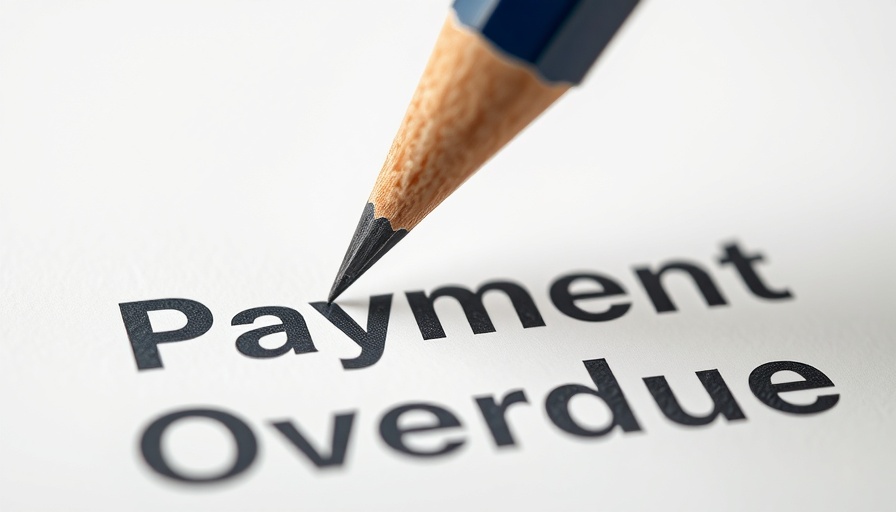
Understanding the Importance of Collection Letters
Collection letters serve as crucial communication tools for small business owners who face the challenge of late payments. These letters not only remind clients of their overdue invoices but also set the tone for maintaining professional relationships while asserting the urgency of settling debts. When crafted effectively, a collection letter can prompt clients to fulfill their obligations without damaging the rapport necessary for future dealings.
What Should a Collection Letter Include?
The effectiveness of a collection letter lies in its structure. A well-written letter should encompass four main components:
- Basic Details: Include your business name and address, the client's information, and the purpose of the letter.
- Debt Information: List the invoice number, the total amount due, and the original due date.
- Next Steps: Provide a new deadline for payment, accepted payment methods, and potential consequences for continued non-payment, such as involving collections.
- Contact Details: Encourage communication by reminding clients they can reach out with any questions or concerns.
Utilizing Templates for Success
Using a collection letter template can streamline the writing process, ensuring that critical points are covered empathetically but firmly. Templates allow business owners to quickly customize letters, maintaining professionalism and clarity while reducing time spent drafting each request.
Final Thoughts and Take Action
For those navigating the world of small business finance, mastering the art of the collection letter is essential. For practical guidance, consider downloading our free collection letter templates for easy customization. Make sure to prioritize clear communication with your clients to facilitate timely payments, ensuring your business remains financially stable.
 Add Row
Add Row  Add
Add 




Write A Comment